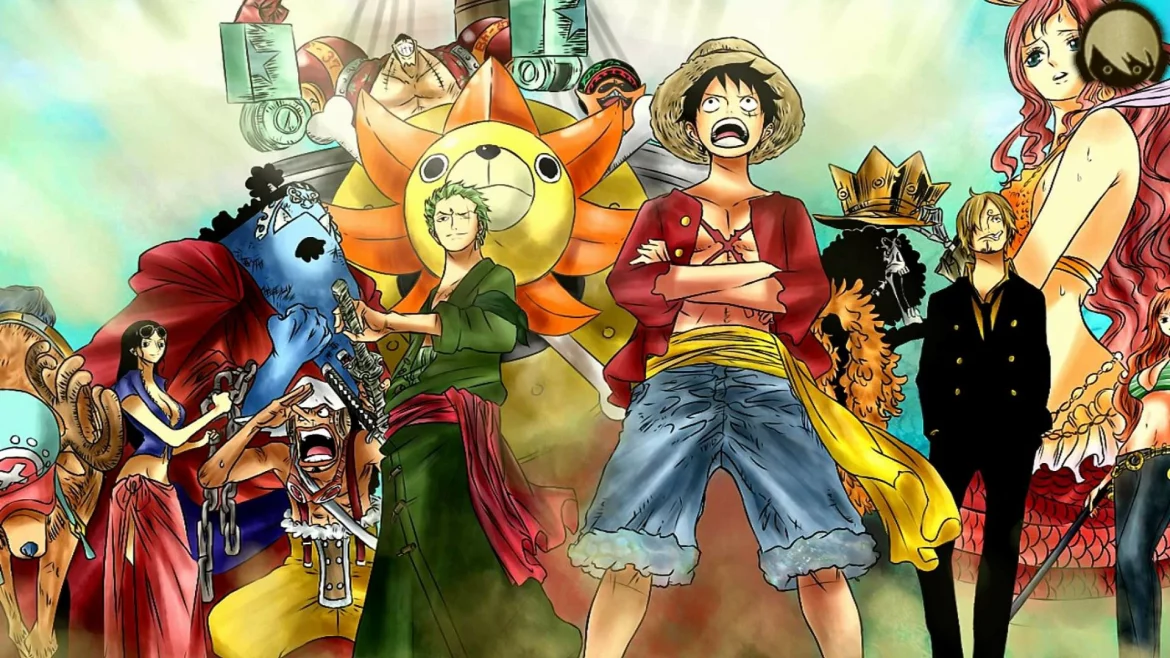In the expansive world of One Piece, a Japanese manga and anime series created by Eiichiro Oda, Devil Fruits are mystical fruits that grant their eaters special abilities at the cost of their ability to swim. The powers granted by these fruits range from the bizarre to the overwhelmingly powerful, influencing battles and adventures throughout the series. While many fruits offer significant advantages, some are considered weak due to their limited or impractical abilities.
Understanding the Categories of Devil Fruits
Devil Fruits are categorized into three main types:
Paramecia: These fruits grant a wide array of abilities that can modify the user’s body, manipulate the environment, or produce substances.
Zoan: These fruits allow the user to transform into another species or hybrid forms, enhancing physical capabilities.
Logia: Considered the most powerful, these fruits grant the ability to transform into natural elements and become intangible.
Criteria for Weakness
To determine the weakest Devil Fruit, we consider several factors:
Practicality: How useful is the fruit in various situations?
Power Potential: How powerful can the ability become with creativity and training?
Weaknesses: Does the fruit have inherent weaknesses that can be easily exploited?
Contenders for the Weakest Devil Fruit
Several fruits are often mentioned when discussing the weakest abilities in the series:
Rin-Rin Fruit (Wheel-Wheel Fruit) Detailed Examination
Type: Paramecia
Ability Analysis: The Wheel-Wheel Fruit’s primary function is to transform the user’s limbs into wheels, which can increase mobility. This transformation can seem beneficial for escaping or rapid movements.
Combat Limitations: In battle, the increased speed might not compensate for the lack of direct offensive or defensive capabilities. Additionally, the transformation can become a disadvantage in uneven terrain or in environments where mobility is restricted, such as tight indoor spaces.
Potential Strategies: In best-case scenarios, this fruit could be used for quick getaways or transporting allies quickly across flat terrains. However, these scenarios are limited and often not enough to turn the tide of a significant battle.
Wash-Wash Fruit (Awa Awa no Mi)
Type: Paramecia
Ability: Allows the user to create and control soap and bubbles that can clean anything and make surfaces incredibly slippery.
Practical Challenges: While having certain utility in non-combat situations like cleaning, its combat applications are limited. The ability to make surfaces slippery can disrupt opponents but is often not enough to be a decisive factor in fights.
Creative Uses: It could be strategically used to create traps or control the movement of enemies in a controlled environment, but such conditions are rare in the unpredictable world of One Piece.
Further Examples and Their Shortcomings
Chop-Chop Fruit (Bara Bara no Mi)
Type: Paramecia
Ability: The user can split their body into pieces and control them independently.
Weaknesses: While it offers some immunity to cutting attacks, other forms of combat such as blunt force or heat can still harm the user. The scattered pieces can be vulnerable if not managed carefully.
see also: The One Piece Anime Remake: Exciting Updates Await on One Piece Day 2024
Jacket-Jacket Fruit (Jake Jake no Mi)
Type: Paramecia
Ability: Allows the user to become a jacket that someone else can wear. When worn, the user can control the wearer’s body.
Weakness: The fruit’s power is entirely dependent on someone else wearing the user, making it practically useless if the user is alone.
Berry-Berry Fruit (Beri Beri no Mi)
Type: Paramecia
Ability: Lets the user split their body into multiple berry-sized balls.
Weakness: The power offers minimal offensive or defensive boost and can make the user more vulnerable to physical attacks.
Wheel-Wheel Fruit (Sha Sha no Mi)
Type: Paramecia
Ability: Turns the user’s limbs into wheels.
Weakness: Although it provides increased speed, it does little to enhance combat capabilities and can be impractical in rough terrains.
Analyzing the Jacket-Jacket Fruit
Among these, the Jacket-Jacket Fruit stands out as particularly weak:
Limited Scope: The ability’s effectiveness is contingent on the cooperation or incapacity of another person, severely limiting its utility.
Combat Ineffectiveness: In a universe where most conflicts are resolved through combat, having to rely on another person’s physical capabilities makes it a poor choice for battle.
User Vulnerability: The user becomes an ordinary jacket when using the power, leaving them vulnerable to damage or destruction if not worn.
In-Depth Look at Combat Scenarios
Imagine a scenario where the user of the Jacket-Jacket Fruit faces an opponent alone. Without the ability to persuade or force the opponent to wear them, the user has no means of defense or offense, showcasing the fruit’s impracticality in solo encounters.
Potential Uses and Strategies
Despite its weaknesses, the Jacket-Jacket Fruit could theoretically be useful in espionage or covert operations where the user can take control of an influential person. However, these situations are highly specific and risky.
Conclusion: The Weakest Devil Fruit
While all Devil Fruits have potential in the right circumstances, the Jacket-Jacket Fruit is arguably the weakest fruit in One Piece due to its high dependency on external factors and its limited applicability in the diverse situations that characters in One Piece encounter. It serves as a reminder that not all powers are created equal in the world of One Piece.


